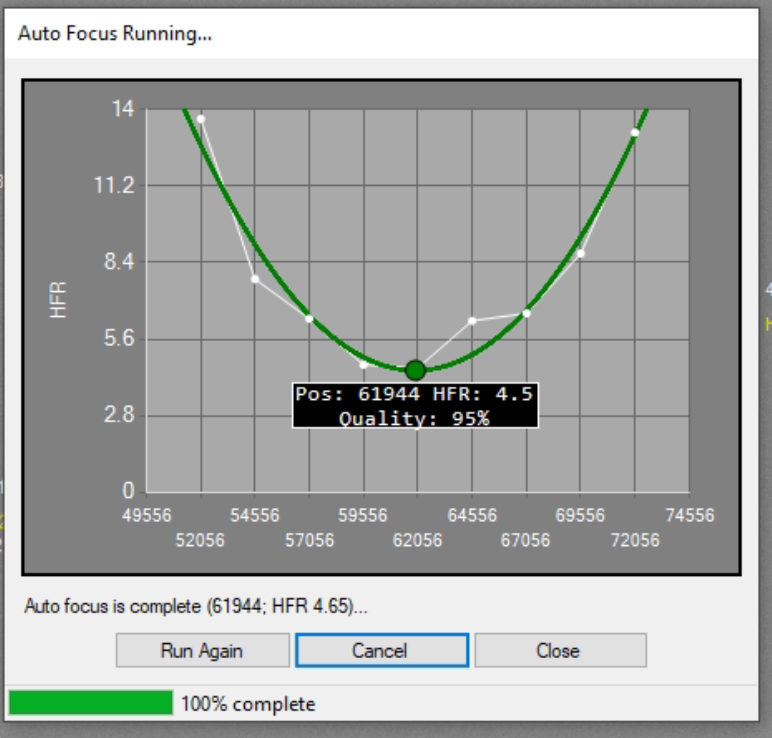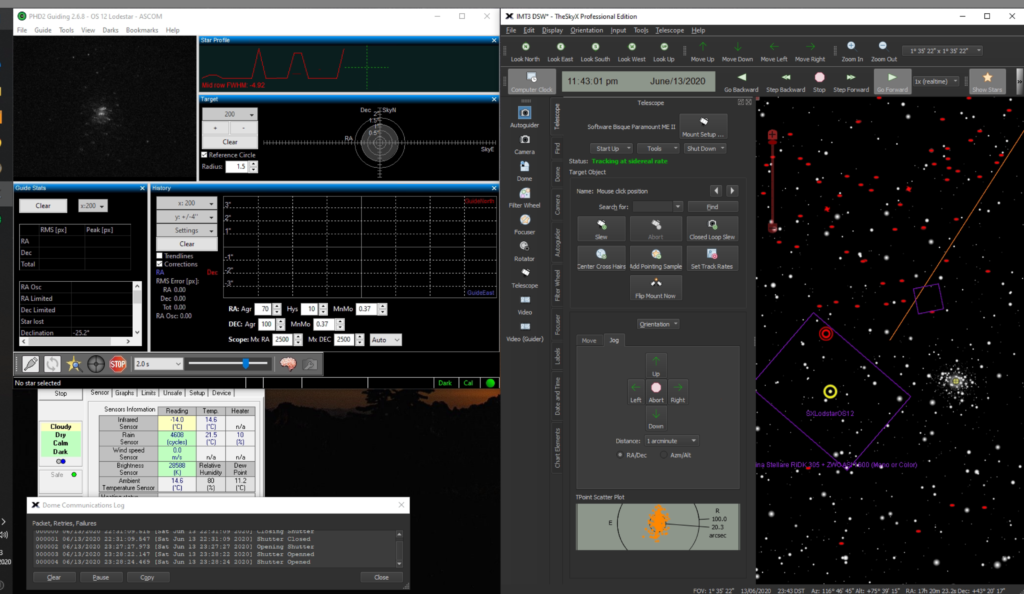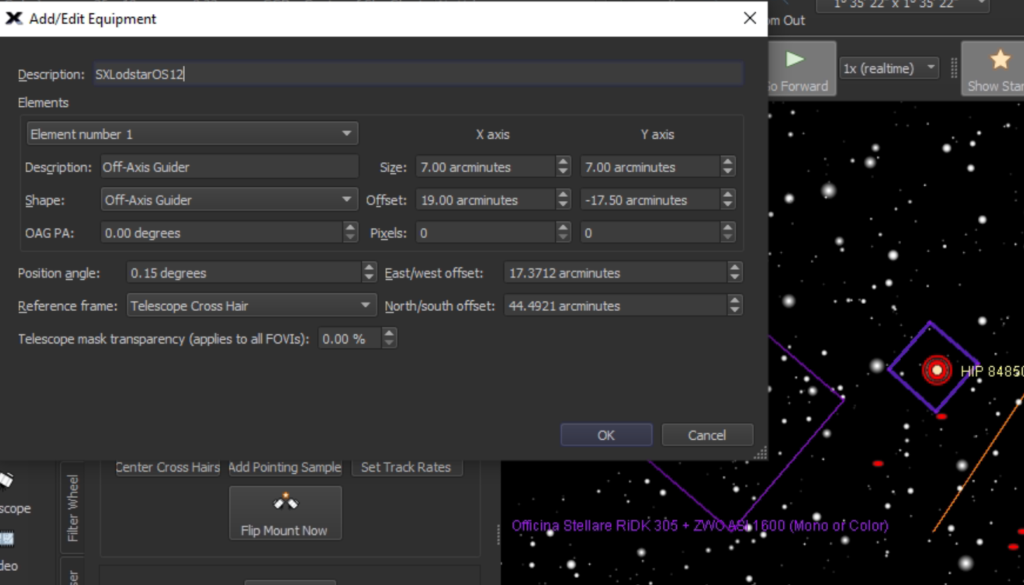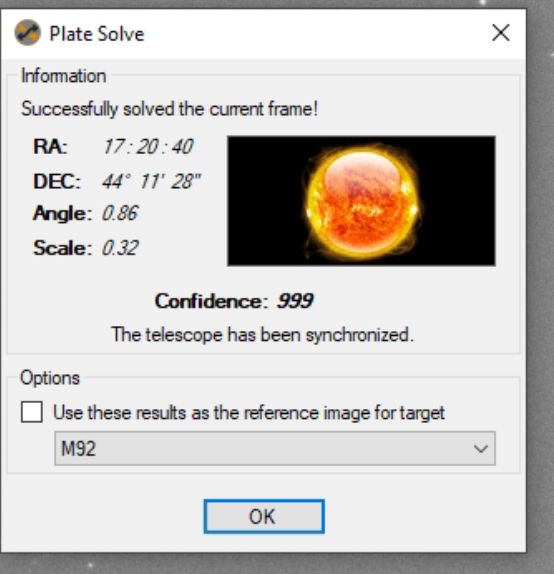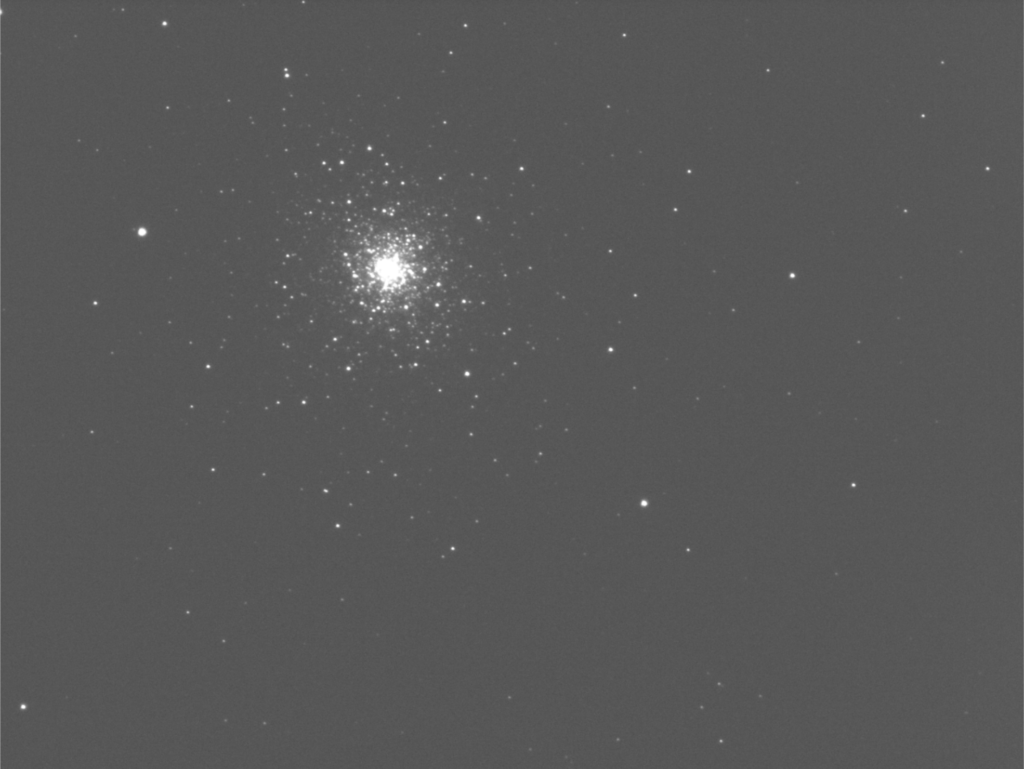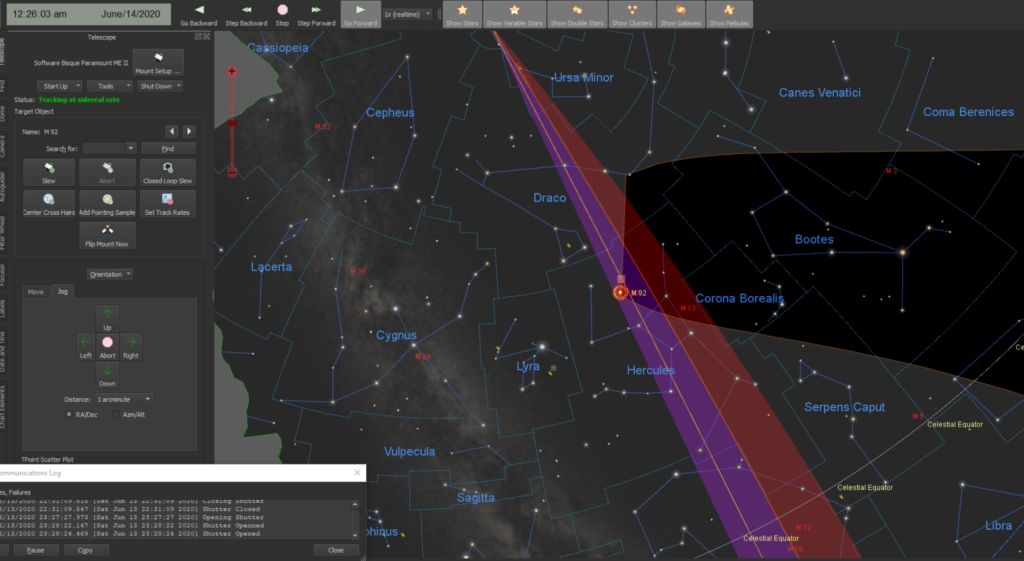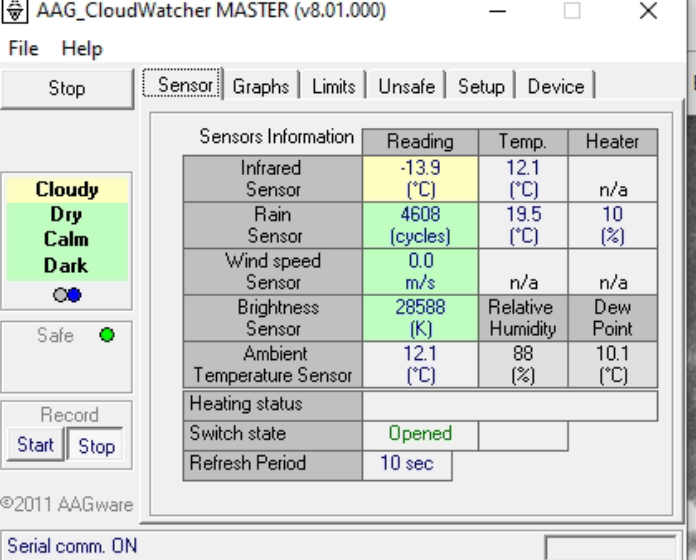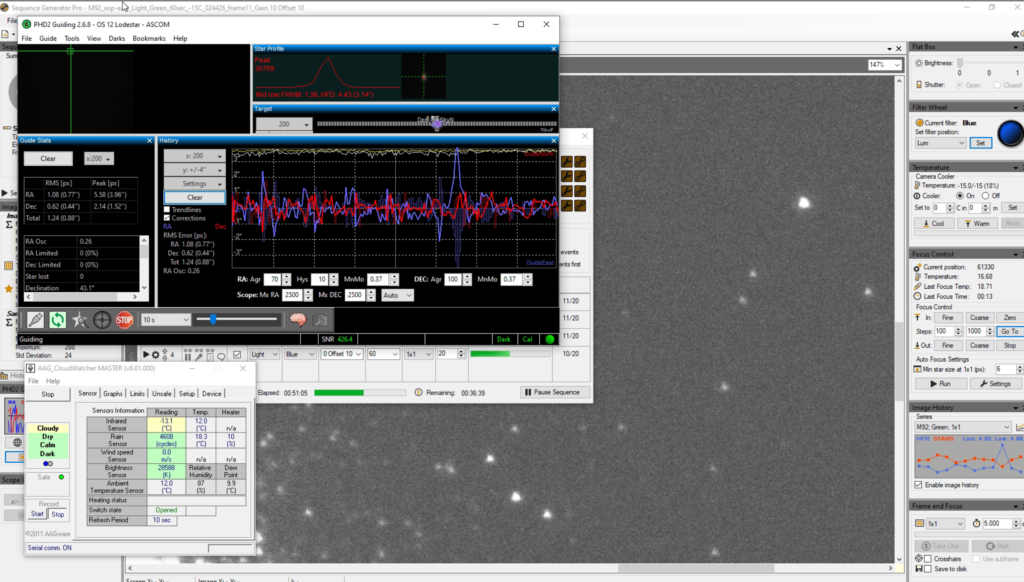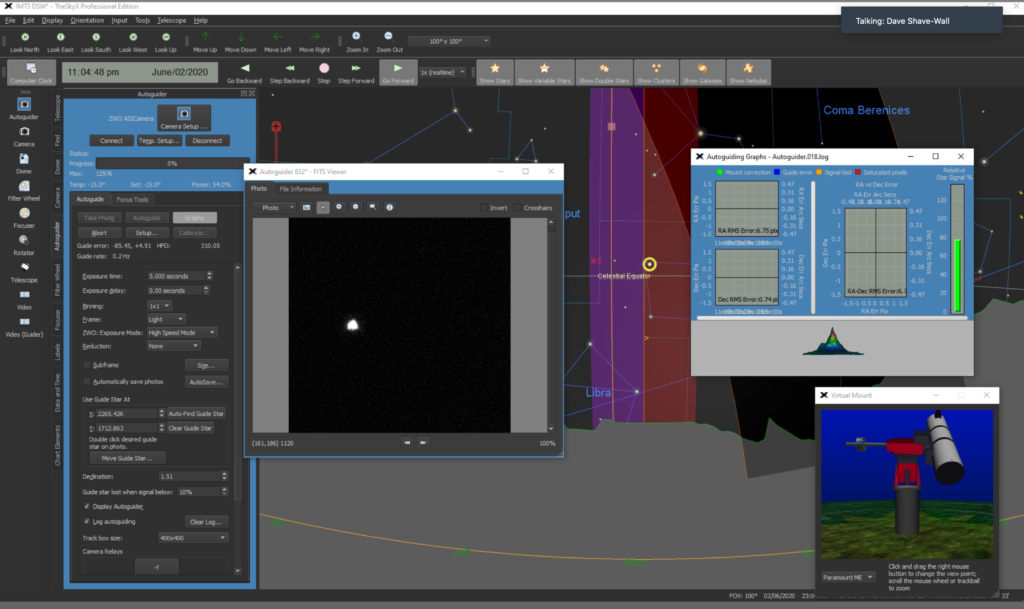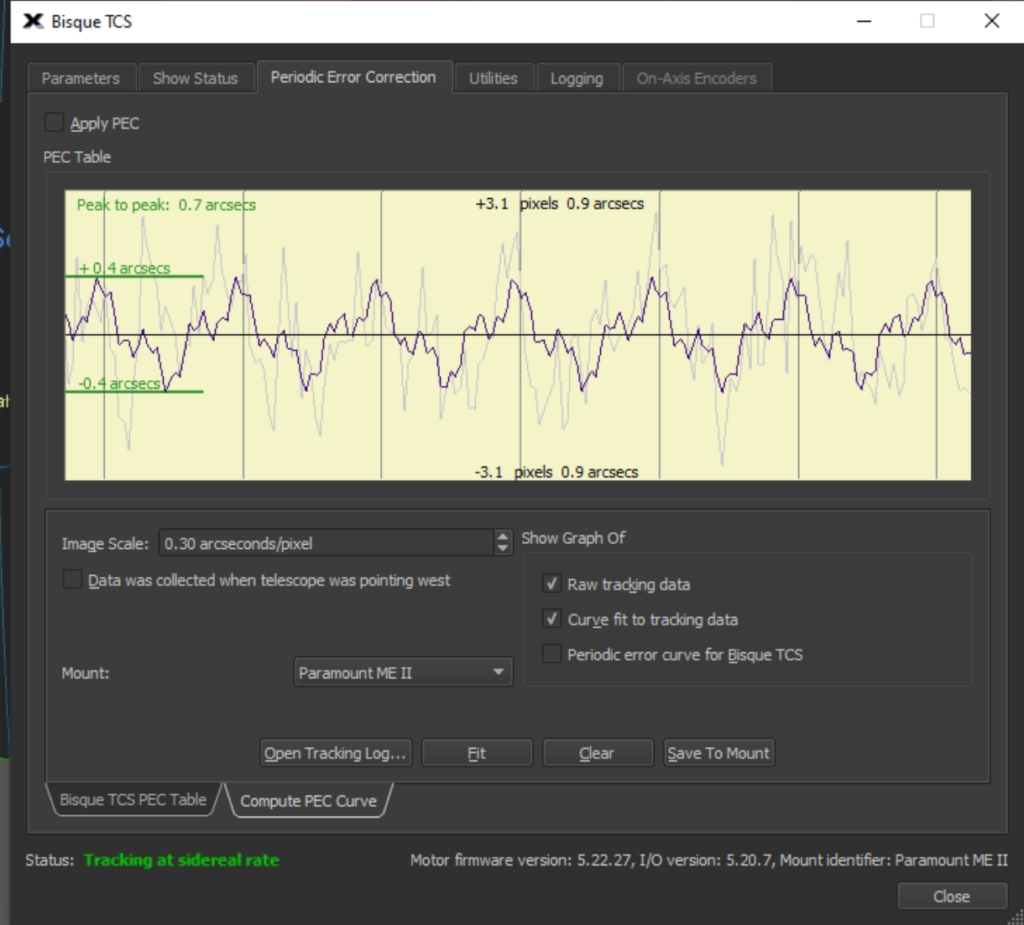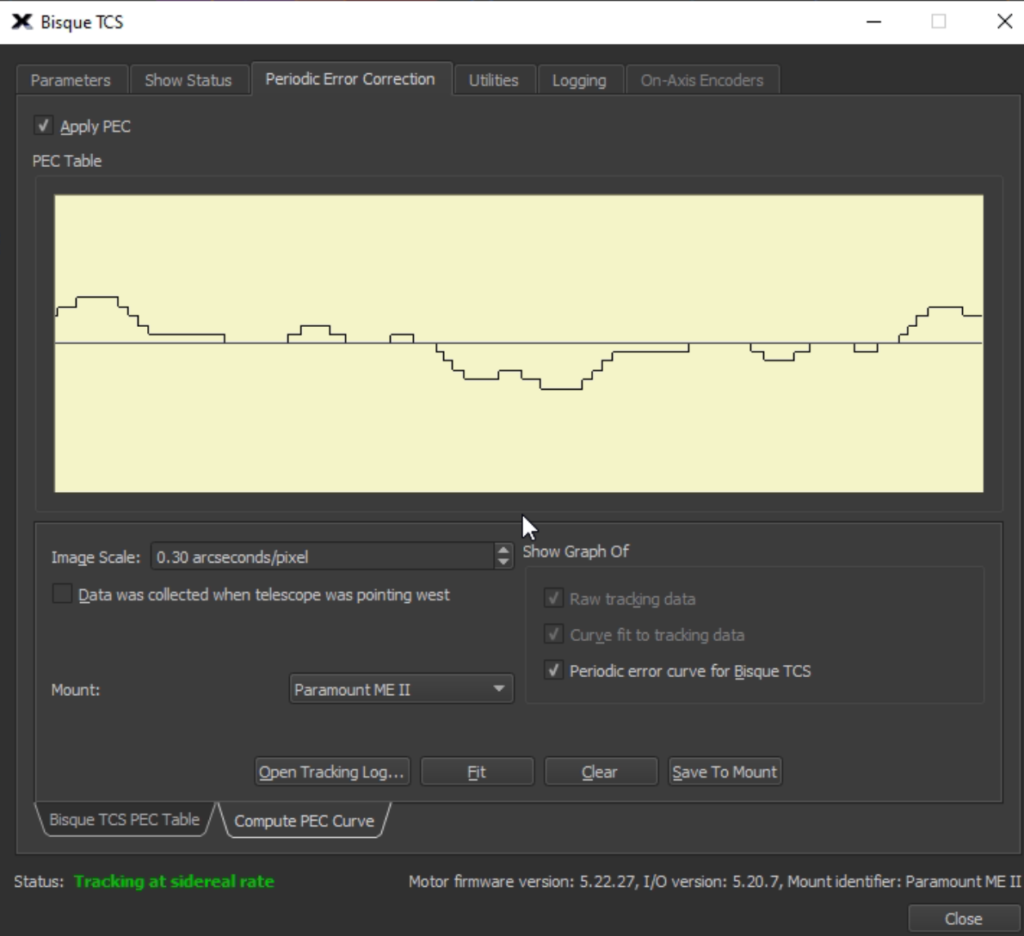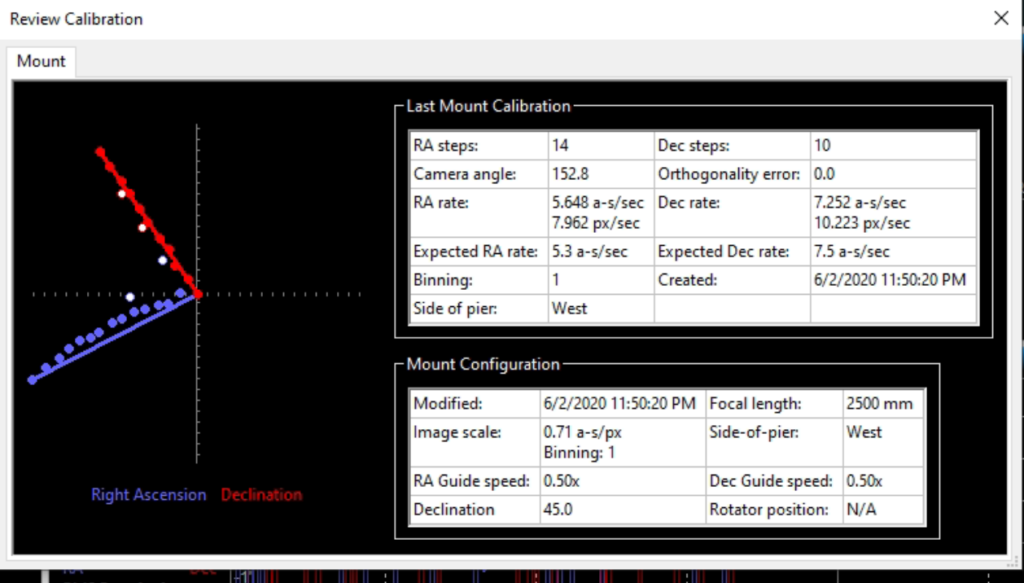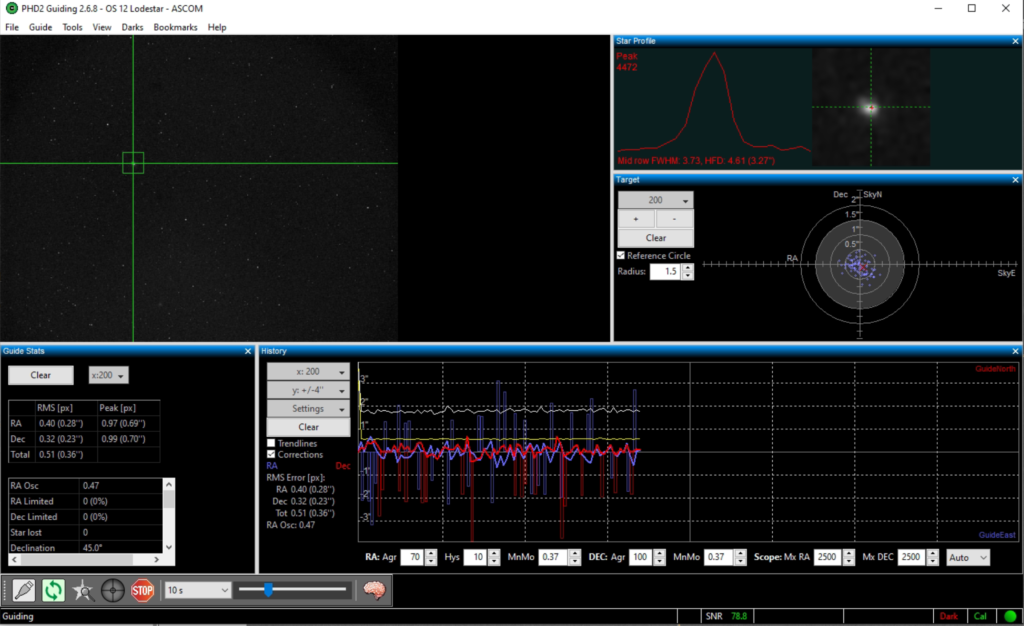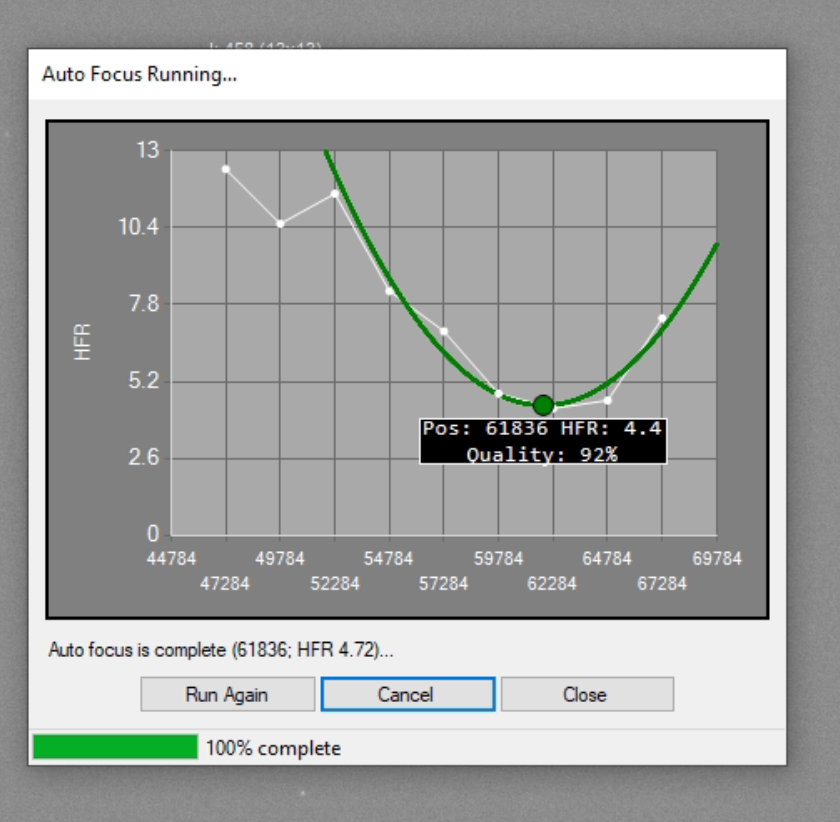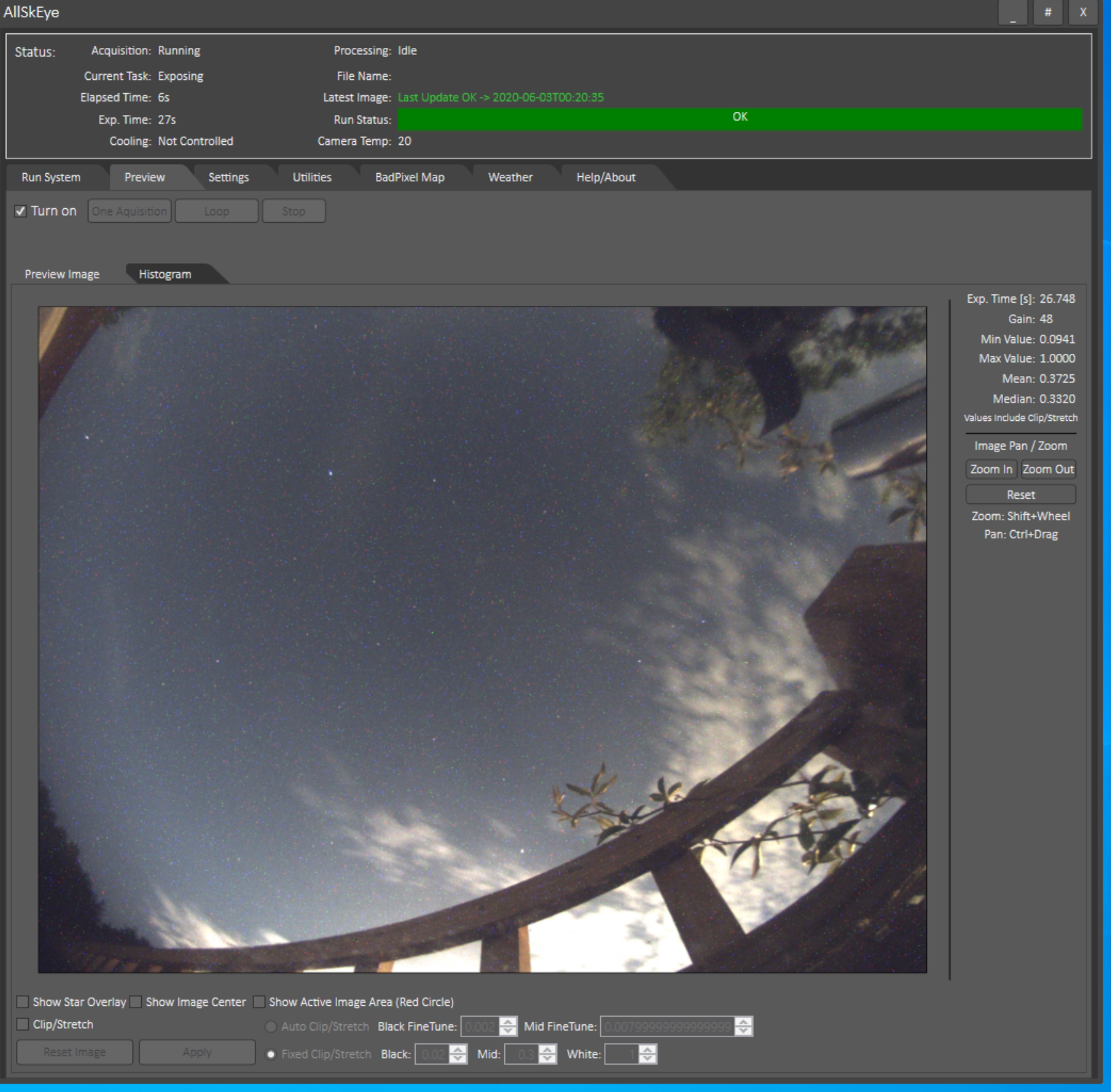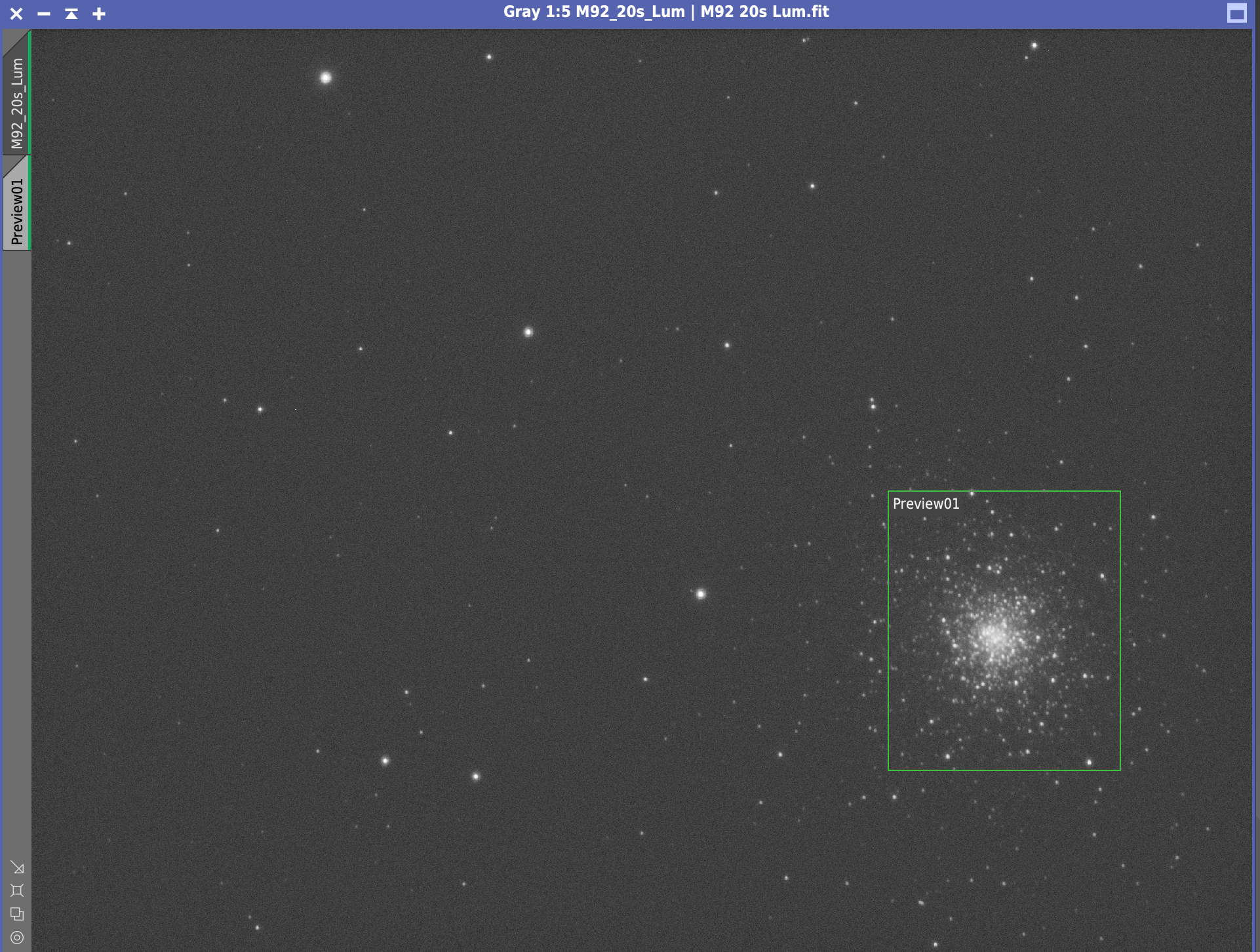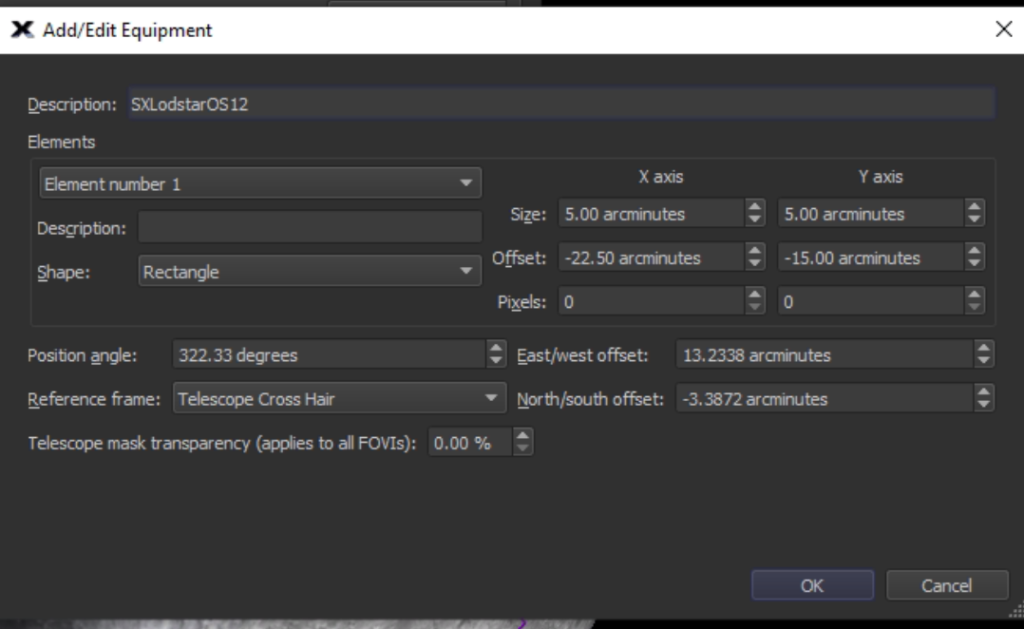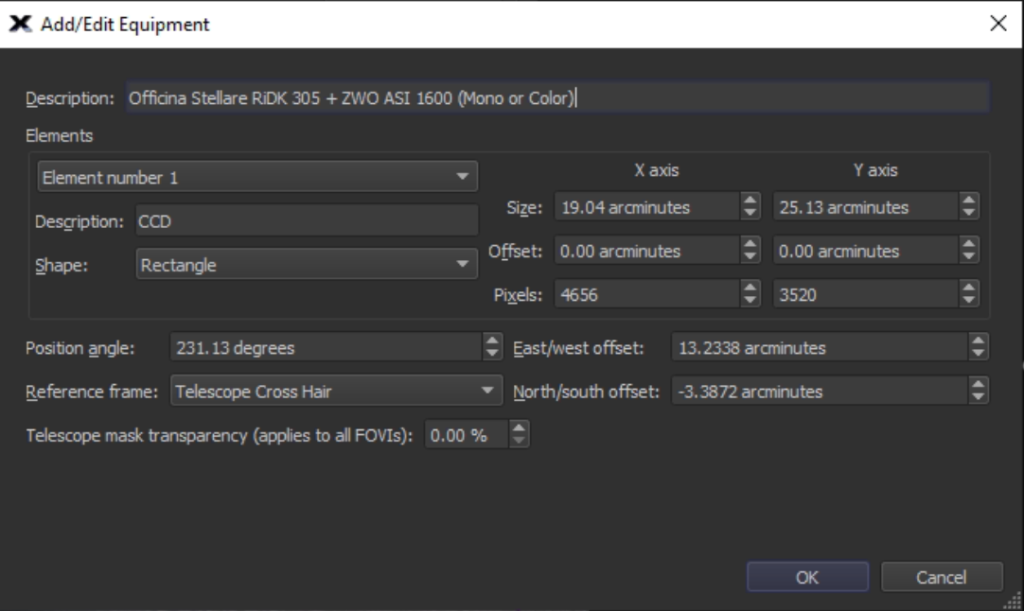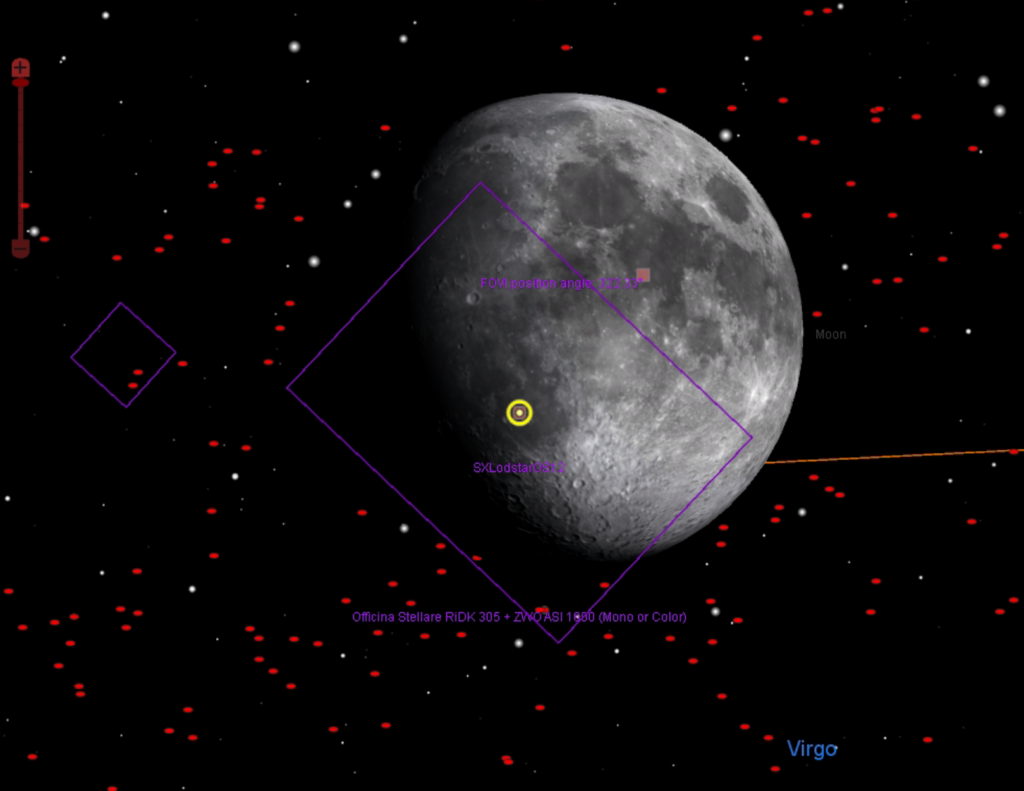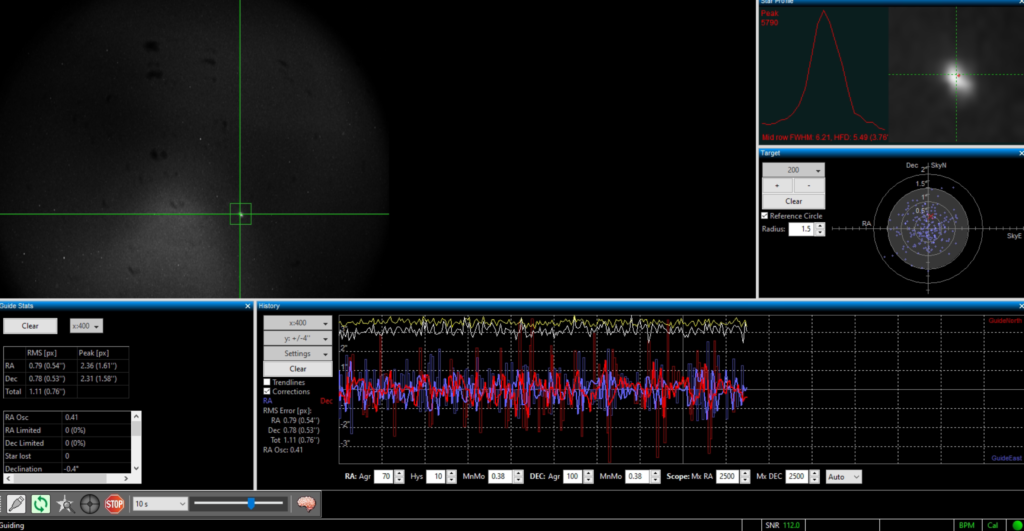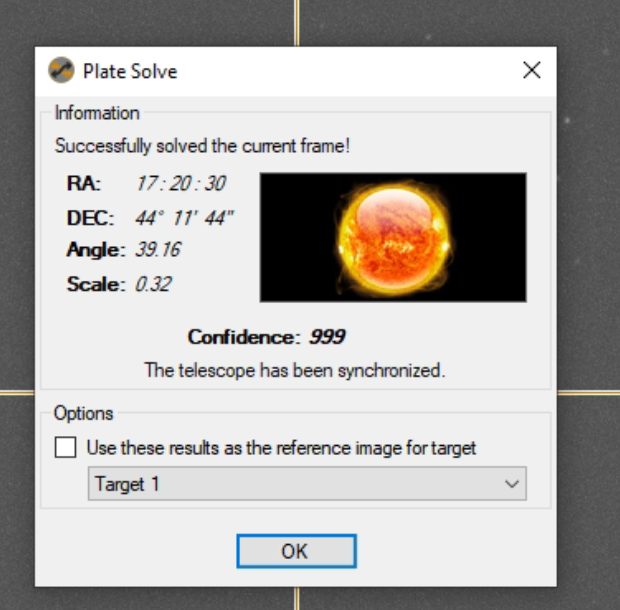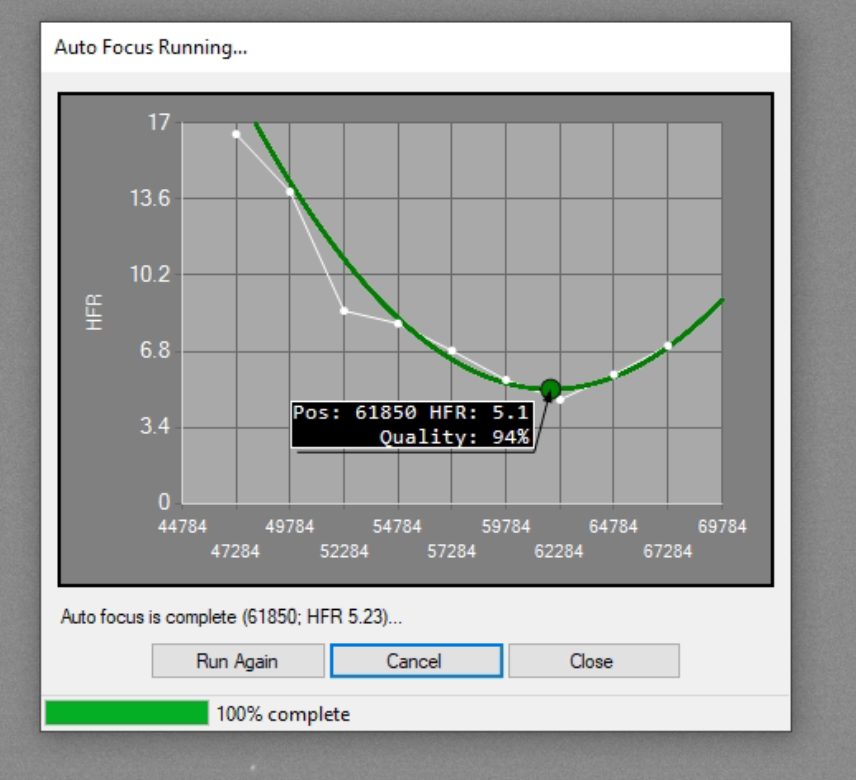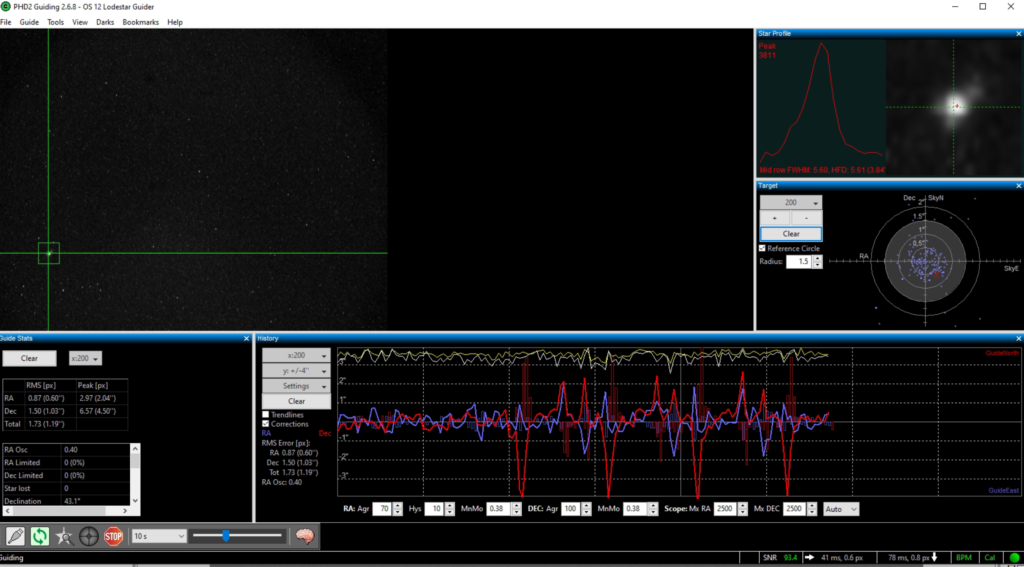22:34 – 01:00

Tonight was a visual night. GingerGeek and I used the 22″ Obsession Dobsonian to view some of the wonders of the late Spring sky.
We started with Venus with the aid of a Moon filter. Whilst Venus is bright and not too overwhelming in the eyepiece, the contrast afforded by the addition of this particular filter aids the clarity of the image as Venus sits on the bright backlight of the night sky this time of year. Venus is in a gibbous phase and you could clearly see a concave arch to the edge of Venus that was missing. The seeing was very steady and we were able to push to 179x with the 13mm Nagler.
Next up was Mars. Whilst it took a while for it to appear in the astronomically twilight sky, I swept the area North East of Venus and landed the target after a few moments. Mars was so very small compared with Venus, obviously red as seen without a filter in this case and slightly shifting in colours due to the seeing. By the time we had finished looking, Mars had appeared in the night sky.
Now the sky was getting darker we wanted to start on the deep sky objects. It became apparent very quickly there was a problem with my alignment. This was a problem I faced the last time out and the trouble is with he RA encoder. The RJ11 cable has been pulled and needs recrimping. So for tonight it was about star hoping only 🙂
We then went on to look at globulars M3, M92, planetary nebulae M57 the Ring nebula and M97 the Owl nebula. We tried to get M101 but the sky brightness would not allow it. We also looked at Mizar and Alcor that I could see from 11:30pm as a double, and we looked at Polaris and it’s double star companion SAO 305 through the scope.
The planetary nebulae were seen through an OIII filter and Tele Vue Nebustar filter. I thought the view was slightly clearer through the Nebustar filter, maybe due to the slightly wider bandwidth which includes H-Beta. The Ring nebula was very crisp and I thought I could discern the central star which is 12th magnitude. Our friend Bob was kind enough to lend me a set of eyepieces he recently acquired. The Tele Vue 10mm Radian eyepiece gives 230x through which we could see the central white dwarf.
Whilst looking at the globular clusters we pushed the magnification to 288x with the 8mm Tele Vue Radian. Both this eyepiece and the 10mm gave fantastic views with the globulars sparking with pinpricks of lights from the 1,000s of Suns!

